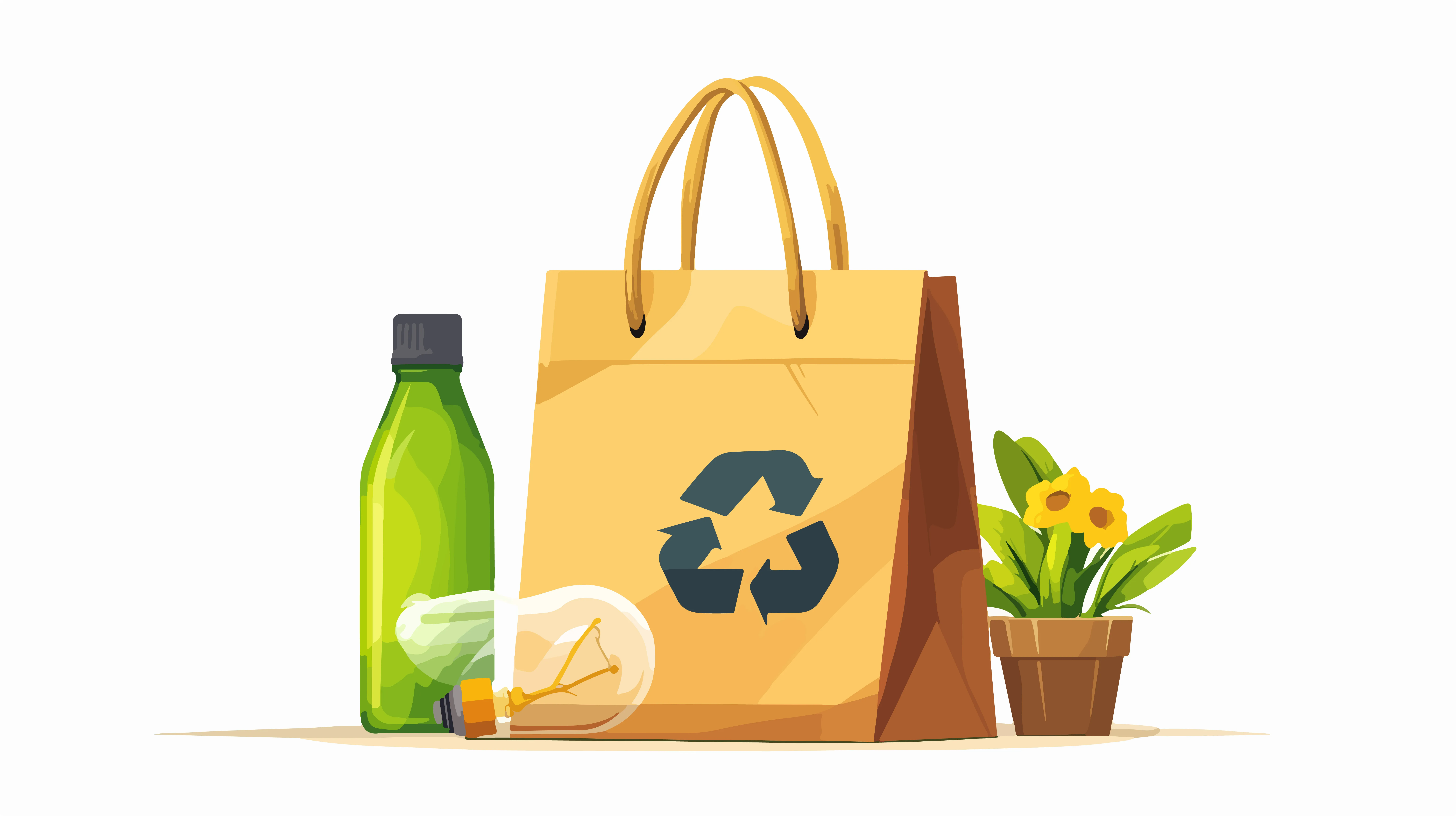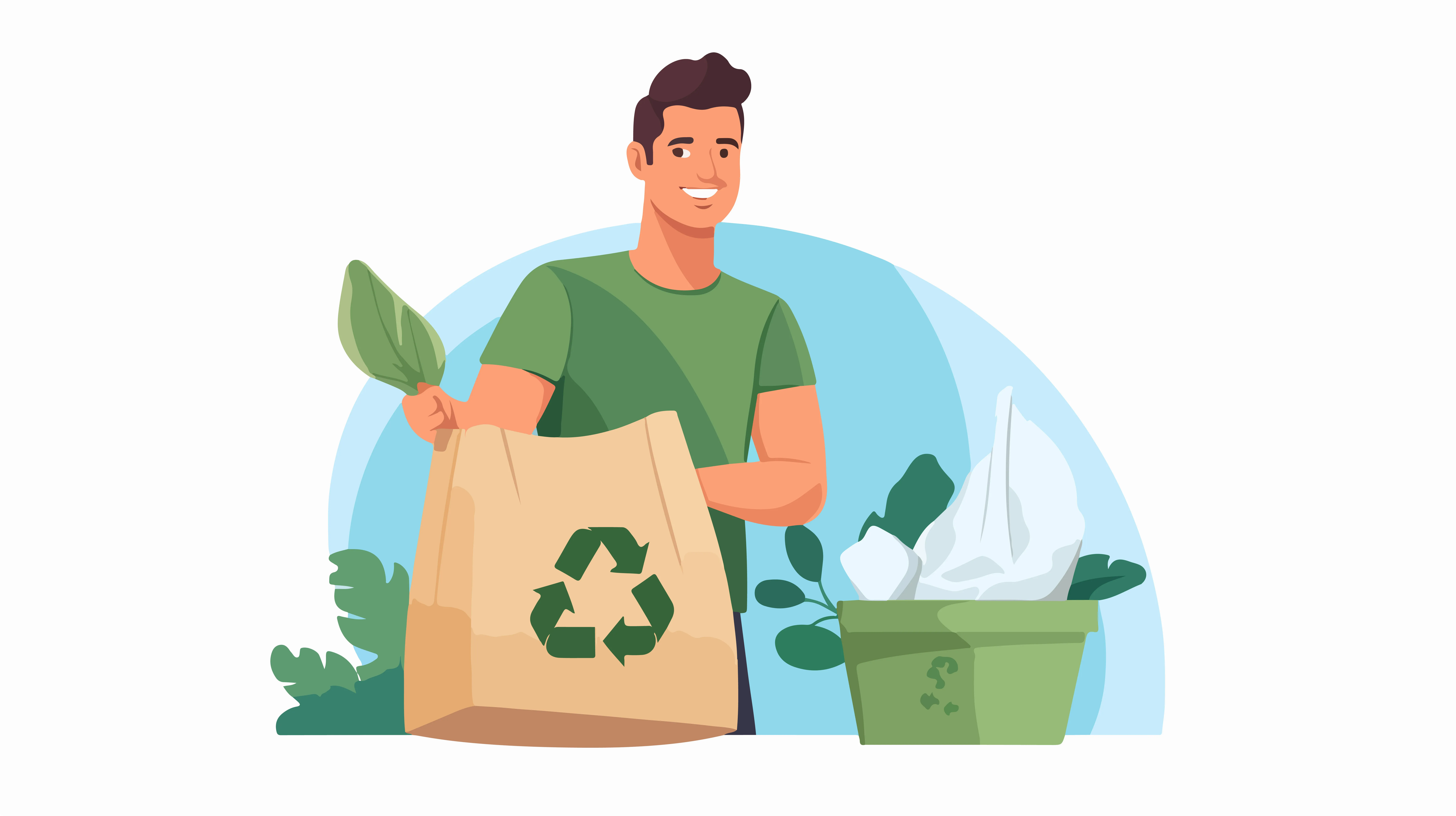For many years, the pharmaceutical sector has been acknowledged for its dedication to medication research that is innovative, safe, and effective. The effects of pharmaceutical packaging on the environment, however, are becoming a major worry. The sector is developing significantly in the direction of sustainability as a result of growing regulatory restrictions and customer demand for environmentally friendly solutions. Environmental laws, trash reduction, and carbon footprint reduction have made sustainable packaging a major area of study. To support this, the Pharma Packaging & Labelling Forum organized by World BI brings together suppliers and manufacturers, enabling them to find the ideal partners for their packaging and labelling needs.
Pharma’s Need for Sustainable Packaging:
Glass, metal, and plastic make up the majority of conventional pharmaceutical packaging, which presents serious environmental problems. A large portion of the packaging waste produced by the pharmaceutical industry is non-recyclable. Concerns over landfill overflow, marine contamination, and the loss of non-renewable resources have increased as a result. Pharmaceutical businesses are looking at creative packaging options that reduce environmental effect while preserving product quality as governments and groups push for greener alternatives.
Major Developments in Eco-Friendly Pharmaceutical Packaging:
Pharmaceutical companies are using a variety of techniques to transition to environmentally friendly packaging. Here are a few of the major trends:

Utilizing Biodegradable and Recyclable Materials:
In an effort to reduce waste, pharmaceutical companies are increasingly employing recyclable and biodegradable materials. These consist of:
- Recycled Plastics: For pill bottles and blister packs, several companies are switching from virgin to post-consumer recycled (PCR) plastics.
- Biodegradable Polymers: Some companies are creating bio-plastics from cellulose, cornstarch, and sugarcane, which are renewable resources.
- Paper-Based Packaging: Using recyclable paperboard and molded fiber trays in place of secondary packaging made of plastic.
Minimizing Packaging Waste:
Additionally, reducing packaging waste is a top priority. To do this, one uses:
- Transportation emissions can be reduced by using lightweight packing, which uses materials that are both robust and lightweight.
- The goal of minimalist design is to remove extraneous layers and parts while preserving product safety and legal compliance.
- To reduce single-use packaging, certain pharmaceutical companies are experimenting with reusable containers and refillable pill bottles.
Adoption of Smart Packaging Solutions:
Sustainable pharmaceutical packaging is heavily reliant on technology. Smart packaging solutions like these are being used by businesses:
- QR Codes and Digital Labels: To cut down on paper waste, businesses are utilizing QR codes for digital patient information leaflets (PILs) in place of paper-based inserts.
- Edible Packaging: Studies are being conducted to develop packaging that is safe to eat or dissolves in water, which would eliminate the need for disposal.
- Temperature-Sensitive Packaging: Advanced materials that assist preserve medication stability while lowering the requirement for energy-intensive cooling methods are known as temperature-sensitive packaging.
Eco-Friendly Printing Methods:
To further lessen their influence on the environment, pharmaceutical firms are adopting:
- Soy-Based and Water-Based Inks: Inks made of soy and water are biodegradable and less hazardous than those made of petroleum.
- Laser Marking: Laser marking on packaging uses less chemicals than traditional ink printing.
Compliance Regulations & Standards:
Globally, governments and regulatory agencies are enforcing more stringent sustainability laws.
- Eco-friendly materials are encouraged by the U.S. Food and Drug Administration's (FDA) sustainability programs and the European Union's Packaging and Packaging Waste Directive (PPWD).
- Pharmaceutical businesses are also increasingly required to have environmental management systems certified by ISO 14001.
Challenges in Adopting Sustainable Packaging:
Transitioning to environmentally friendly packaging has a number of drawbacks despite its advantages:
- Cost Implications: The cost of sustainable materials and technology is frequently greater, which may be prohibitive for certain businesses.
- Compliance with Regulations: Making sure environmentally friendly packaging satisfies strict pharmaceutical standards pertaining to the stability, sterility, and safety of products.
- Availability of Resources: It is still difficult to find enough sustainable raw resources.
- Customers' acceptance of sustainable packaging involves informing them of its advantages and making sure they recycle or dispose of it appropriately.

Case Studies: Top Pharma Firms Embracing Environmental Practices:
In terms of sustainable packaging, a number of pharmaceutical businesses are setting the standard:
- Pfizer: With its eco-design efforts, the corporation has committed to lowering packaging waste.
- GSK: GSK is a company that has developed lightweight packaging options including blister packs made of paper.
- Johnson & Johnson: By 2025, the business plans to use packaging that is entirely recyclable.
- Novartis: Novartis is cutting back on secondary packaging waste and utilizing biodegradable polymers.
Future of Sustainable Pharmaceutical Packaging:
- In the upcoming years, it is anticipated that the pharmaceutical sector would speed its transition to sustainable packaging.
- With ongoing developments in digitization, smart packaging, and biodegradable materials, the industry is well-positioned to drastically lessen its environmental impact.
- Promoting sustainable innovations and guaranteeing adherence to changing environmental regulations would need cooperation between pharmaceutical businesses, regulators, and packaging suppliers.
World BI Pharma Packaging & Labelling Conferences:
One of the most important steps in minimizing environmental effect and fostering a greener future is the pharmaceutical industry's dedication to sustainable packaging. Pharma firms are establishing new benchmarks for environmentally responsible operations by embracing recyclable materials, reducing waste, utilizing smart packaging technologies, and fulfilling sustainability criteria. The industry's proactive stance indicates a good trend toward a more sustainable future, even if obstacles still exist. Global pharmaceutical supply chains will increasingly incorporate sustainable packaging as consumer awareness and regulatory demands increase. Exclusive gatherings are organized by the Pharma Packaging & Labelling Conference, which provides a platform for distinguished leaders, Artwork Professionals, and Industry experts from different companies to come together with the common goal of promoting worldwide knowledge.
For more information, kindly visit World BI.